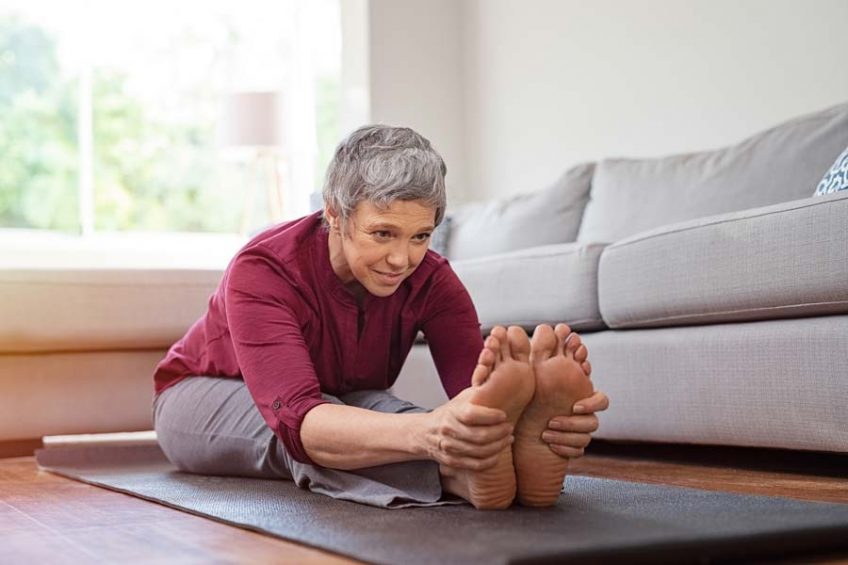The shins are one of the last places people expect to feel pain after a strenuous workout. If you notice in the hours or days after exercising that you have pain in this area, you may be dealing with shin splints or stress fractures. It’s important to understand these sports injuries so that you seek the proper treatment. Here’s a complete guide to each, including preventive tips.
Understanding Shin Splints & Fractures
Shin Splints
The tibia is the leg bone commonly referred to as the shin. Shin splints or medial tibial stress syndrome, is typically exercise-related and you can develop it as you start a new exercise program or with overuse. As the muscles, tendons, and bone tissue become inflamed, you may experience pain on the front of your leg, specifically along the front and sides of your shin bone. The area may feel tender to touch, and the pain can range from a dull ache to shooting pain. The pain can occur with activity and even at rest. There may also be some swelling around the area.
This injury is most common in runners, though any person who performs repetitive activity may experience it. Shin splints usually develop following a drastic change in an exercise regimen, such as running longer, faster, or moving on uneven terrain. Rapid start/stop motions will worsen the issue because of the stress they create. Improper footwear or having flatfeet can increase your risk of developing shin splints.
If you feel you are dealing with shin splints, see an orthopedic doctor for diagnosis. Shin splints can usually be treated by resting, activity modification, icing the area, and using over-the-counter pain relievers like ibuprofen or naproxen. Your doctor will examine you and check radiographic studies like X-rays and possibly an MRI. Your doctor may prescribe physical therapy, orthotics or changes in your shoes. You can help prevent shin splints and other sports injuries by carefully increasing workout intensity. Be sure to wear proper footwear during exercise. Stretch well and pay attention to your technique. Cross train to include lower impact activities. Most importantly, listen to your body. If you experience discomfort, stop right away and rest.
Shin Fractures
Stress fractures are small breaks in the shin bone. They result from overtraining—often after shin splints—or from repetitive impacts. You may experience shooting pain, though it can be mild and infrequent initially. The symptoms are very similar to shin splints and only imaging studies like X-rays or MRI will make the definitive diagnosis.
If you experience a stress fracture, you may need treatment for 6-8 weeks. Treatment of tibial stress fractures include activity restriction and rest. Your doctor may recommend crutches or immobilization. See an orthopedic doctor if you experience swelling or pain in your shins.
If sports injuries are an ongoing issue, the team at Advanced Orthopaedic Associates in Wayne, NJ, can help you recover. This practice addresses a wide scope of injuries. Whether you’re dealing with joint and back pain, foot pain, or bone fractures, their team will create a personalized treatment plan. Call (973) 839-5700 to learn more about our services or to schedule an appointment.

